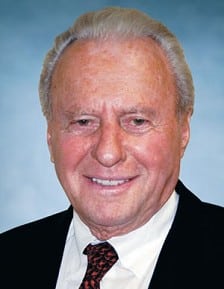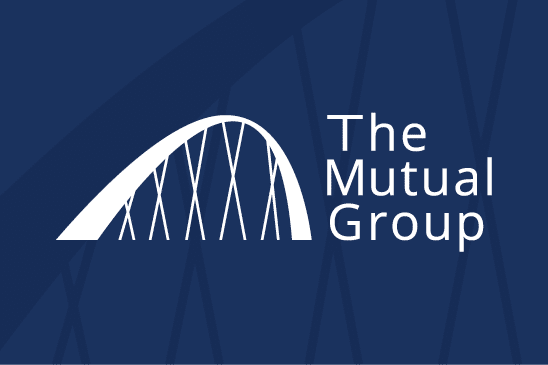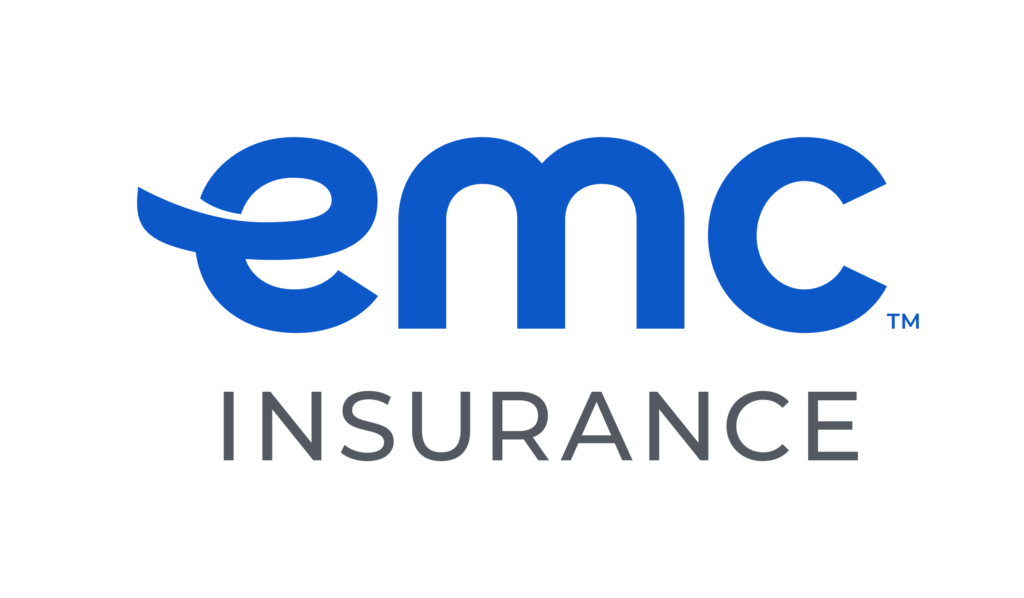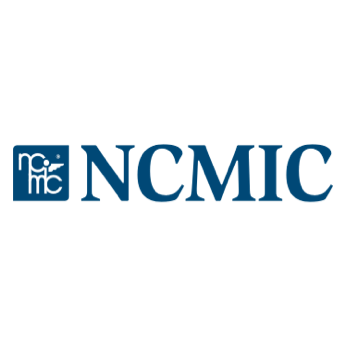Liberty equity investors take a back seat
A debt offering places holders of common stock at risk
Liberty Bank’s parent company is trying to dig itself out of a capital deficit through a debt offering that gives short shrift to longtime equity holders.
A July 6 letter to “friends and investors” from William Krause, chairman of Libery Banshares Iowa Inc., describes the offering as a private secured term debt, essentially a loan from investors to the holding company that would prop up the capital of its banks in Iowa, Illinois and Florida, as ordered by a federal banking regulator.
Liberty officials declined to discuss the terms of the offering, but at least one shareholder, who declined to participate in the offering, said the loan was “north” of 10 percent interest and could be called in two years.
Liberty Banshares filed a document in June with the U.S. Securities and Exchange Commission (SEC) saying that it had raised $12 million from 12 investors and sought to raise an additional $10 million. The document does not identify the investors.
Payment of the debt offering takes precedence over any payoff to equity investors who hold shares of common stock in the company.
Many of those investors have been identified in the past by Liberty as among Central Iowa’s most prominent and successful business people.
Gov. Terry Branstad is among those investors. In tax returns released in April 2010, Branstad noted that he was a minor investor in Liberty Banshares and had lost a total of $31,365 on that investment and three others.
Branstad’s press secretary declined to disclose the exact amount of the governor’s stake in Liberty.
“We would consider that private,” said Tim Albrecht.
Shareholders contacted by the Business Record have placed their stake in the company in the range of five to six figures.
Real estate developer Bill Knapp said one of his operating companies has a 1 percent stake in Liberty.
For his part, Knapp was not fretting about the details of the bank’s problems, which have come to light in regulatory actions filed in 2009 and in July.
“I know they are having some trouble now, but I think they will raise the capital,” Knapp said. “If anyone can pull it out, they will. The Krauses are great business people.”
The order, which Liberty voluntarily accepted, requires the bank to raise its Tier 1 or core capital level to 9 percent of average assets by Sept. 30 and to raise its total risk-based capital ratio to 12 percent. Tier 1 capital represents shareholders’ equity and retained earnings and is considered a basic measure of a bank’s ability to cover its losses.
Banks are required to maintain a Tier 1 ratio of 5 percent and a total risk-based capital ratio of 10 percent to be considered well-capitalized. As of March 31, Liberty Bank reported a Tier 1 capital ratio of 2.8 percent on assets of slightly more than $1 billion and a total risk-based capital ratio of 4.7 percent. After reporting a loss of $45 million at the end of 2010, the bank reported net income of $924,000 for the first quarter of 2011.
The more stringent standards established by the Office of Thrift Supervision indicate the bank’s dire financial straits, banking experts said.
The Office of Thrift Supervision was dissolved by the Dodd-Frank Wall Street Reform and Consumer Protection Act. Its duties were transferred in late July to the Office of the Comptroller of the Currency.
The Office of Thrift Supervision also did a dramatic about-face between January 2010, when it praised Liberty Banshares during the company’s acquisition of its Florida operations, and its current enforcement action.
In January 2010, the regulator “concludes that the Savings Bank’s managerial and financial resources and future prospects are consistent with approval. The Savings Bank is well-capitalized and is expected to remain well-capitalized after the merger.”
Liberty’s financial turmoil is blamed in large measure on its venture into the Florida banking market.
“Florida expansion was an idea that ended badly for a lot of people,” one banking expert said.
In an email dated Dec. 28, 2010, a Liberty Bank official told shareholders that the Florida operations “remain unprofitable and significantly undercapitalized on a standalone basis.”
The email also said an equity offering had raised $8.6 million and the bank had received $10 million in commitments on a debt offering. According to documents filed with the SEC in April and May 2010, the bank’s holding company raised $8.5 million and $10 million on equity offerings. In a March 2009 filing with the SEC, the holding company said it had raised $500,000 in an equity offering. Those were the only filings for the Iowa operation in those years. (See table)
The funds mentioned in the email were to be used to retire a $5 million bank stock loan to Bank of America Corp. and “inject sufficient capital into the combined Liberty Bank Iowa such that the bank will remain well capitalized as defined by the regulators.”
In order to acquire its subsidiaries in Florida, the holding company agreed to inject $10 million into Liberty Bank.
According to a letter dated April 23, 2010, from recently retired Liberty Banshares president and CEO Russ Olson, an equity offering after the acquisition was met with resistance from investors.
That equity offering was initially priced at $135 per share of common stock.
“You previously indicated that you were not interested in the offering on those terms,” Olson said in the letter.
Olson said the bank needed the extra capital to increase its loan-loss reserves.
He also noted that as of February 2010, the holding company’s book value had decreased to $135.54 per share from $142.73. As a result, Olson said, the company would lower its offering price to $129 per share.
According to a document filed in May 2010, Liberty Banshares raised slightly more than $10 million from 50 investors.
At that time, the company might have been better situated to present a case about its overall value to shareholders who would have been buying an equity stake in the company, banking experts said.
When asked why Liberty Banshares would use a debt rather than an equity offering, Eric Lohmeier, managing director of NCP Inc., said, “It has everything to do with qualifying regulatory capital. The fact that no one in their right mind would put in straight equity means that they had to do something senior to the equity to give themselves a higher place in the capital structure … if the bank is worth anything they get paid first.”
A banking regulator lays down the law at Liberty Bank
In its July 14 order, the Office of Thrift Supervision said, “The Association (Liberty Bank), its directors, officers, employees and agents, shall cease and desist from any action (alone or with others) for or toward causing, bringing about, participating in, counseling, or the aiding and abetting the unsafe or unsound practices and/or violations of law or regulation that resulted in the Association:
• (a) operating with an inadequate level of capital protection for the volume, type and quality of assets held by the Association;
• (b) operating with an excessive level of adversely classified assets;
• (c) failing to accurately reflect the financial condition of the Association in Thrift Financial Reports; and
• (d) operating with management whose policies and practices have been detrimental to the Association.”
A backup plan
The Office of Thrift Supervision cease and desist order requires Liberty Bank to have a contingency plan ready if it fails to raise the required capital or meet other requirements.
The plan must “achieve one of the following results:
(a) merger with, or acquisition by, another federally insured depository institution or holding company thereof; or
(b) voluntary dissolution by filing an appropriate application with the OTS in conformity with applicable laws, regulations and regulatory guidance.”











